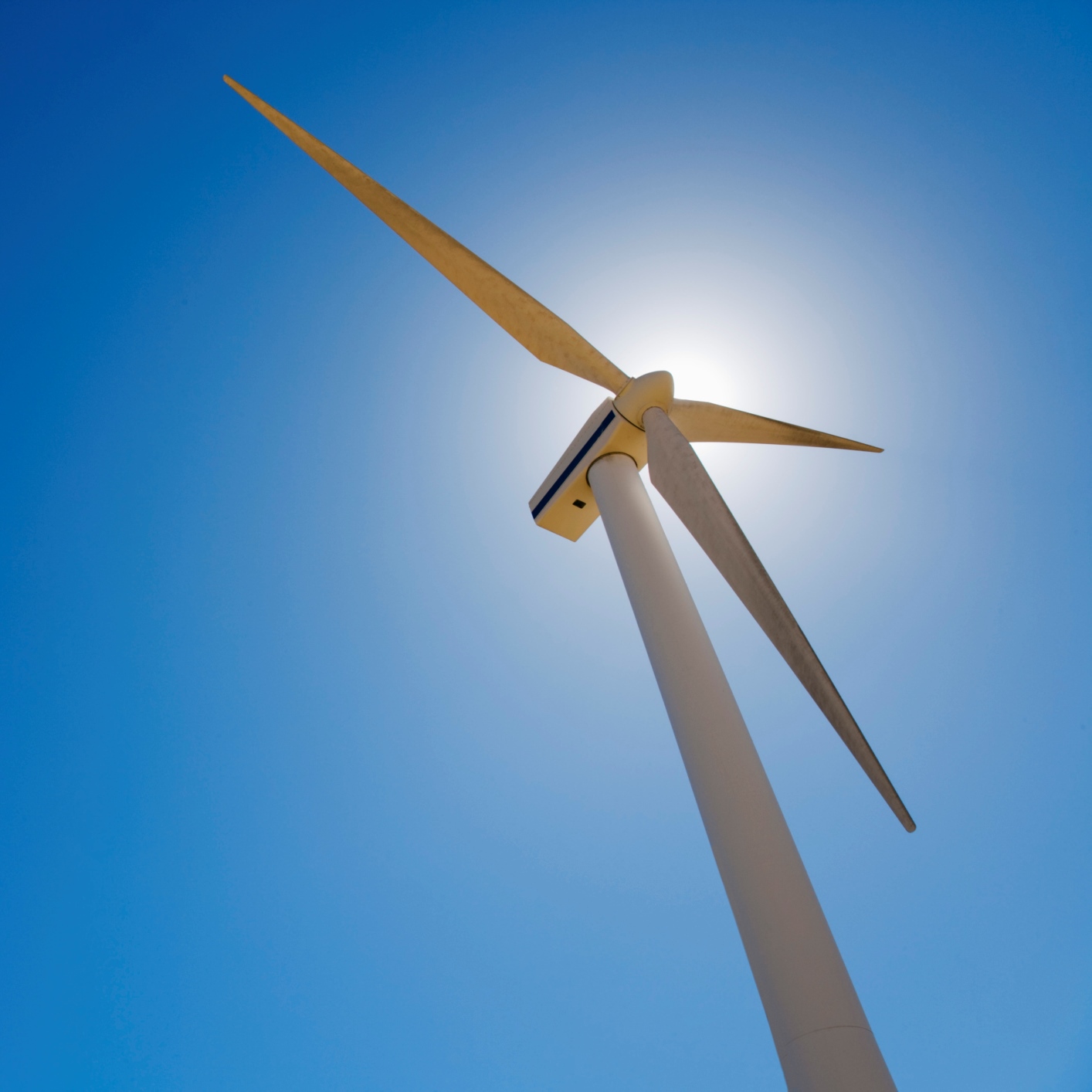
There have been many uncertainties around all aspects of alternative energy and renewable energy of late. After all, the election of Donald Trump as President of the United States has come with a greater focus on fossil fuels — to oil and gas and to coal. Many Americans have feared that alternative energy is set to face some serious pushback in the quarters and perhaps in the years ahead. The evidence is so far not supporting those fears.
There may still be many questions about what will happen to solar power, wind power and other forms of renewable energy. After all, the tax credits, hiring trends, economics and other aspects all remain unknowns. At least that is the fear. Again, the current reality appears quite different from just a return to coal and to oil and gas.
The American Wind Energy Association has released the U.S. Wind Industry First Quarter 2017 Market Report to show that wind power is booming in America. With some 908 utility-scale turbines for wind power having been installed in the first quarter of 2017, this was best first quarter dating back to 2009, after totaling 2,000 megawatts of capacity.
Wind power is also apparently not just a red state versus blue state issue. The American Wind Energy Association (AWEA) pointed to new wind turbine installations from Rhode Island, North Carolina, Oregon and Hawaii, but it showed that Texas led the growth with 724 megawatts and Kansas was second with 481 megawatts.
Texas has been counted as the overall national leader for wind power capacity in the United States, with a total of 21,000 megawatts installed. The wind energy group specifically pointed out that this is actually enough to power more than 5 million average homes. A prior note, the 2016 U.S. Wind Industry Annual Market Report, showed that the total U.S. wind capacity was 82,143 megawatts at the start of 2017, enough to power 24 million typical American homes.
The AWEA also pointed out that North Carolina became the 41st state to harness wind power. This was said to be the first wind farm to be built in the southeast region in 12 years.
The AWEA also has noted how 500 factories in America’s wind power supply chain and over 100,000 wind workers are putting stable, multiyear federal policy to work. And it pointed out that the wind power industry is now in its third year of a five-year phase-down of the production tax credit.
One thing to consider here is that this does not just appear to be a one-quarter issue, where past activity is being crammed in ahead of and into a series regime policy changes from Washington, D.C. The AWEA showed that there were 4,466 megawatts in new construction and advanced development announcements recorded in the first quarter. This brings the near-term pipeline up to 20,977 megawatts of wind capacity, which the agency pointed out was close to the entire Texas wind fleet’s existing capacity. The AWEA also showed that demand remained strong, with some 1,781 megawatts signed in long-term contracts for wind energy. That is the most signed in a first quarter going back to 2013.
Tom Kiernan, CEO of AWEA, said in the release:
We switched on more megawatts in the first quarter than in the first three quarters of last year combined. Each new modern wind turbine supports 44 years of full-time employment over its lifespan, so the turbines we installed in just these three months represent nearly 40,000 job years for American workers.
Whether the move to wind power will continue might boil down to how expansive the groups are targeting wind power. Since the start of 2016, the utilities targeting wind power were dominated by Xcel Energy, MidAmerican (Berkshire Hathaway), Alliant and DTE. About one-quarter of the megawatts installed were contracted non-utility buyers, and the current report and a AWEA report from April 28 have pointed to companies such as Wal-Mart, Home Depot, Google/Alphabet, Microsoft, General Motors, Facebook and Apple, and even the U.S. Army, as all having made investments into wind power.
On April 28, the AWEA pointed to how more Fortune 500 companies are setting wind energy and renewable targets:
In total the report reveals that 48 percent of all Fortune 500 companies now have targets in place for either renewable energy procurement, carbon pollution reductions, or energy efficiency– a steady increase over the 43 percent reported in 2014… 53 Fortune 500 companies now have renewable energy procurement goals, with 23 of those companies setting 100 percent renewable energy targets.
Stay tuned.
Take This Retirement Quiz To Get Matched With A Financial Advisor (Sponsored)
Take the quiz below to get matched with a financial advisor today.
Each advisor has been vetted by SmartAsset and is held to a fiduciary standard to act in your best interests.
Here’s how it works:
1. Answer SmartAsset advisor match quiz
2. Review your pre-screened matches at your leisure. Check out the
advisors’ profiles.
3. Speak with advisors at no cost to you. Have an introductory call on the phone or introduction in person and choose whom to work with in the future
Take the retirement quiz right here.
Thank you for reading! Have some feedback for us?
Contact the 24/7 Wall St. editorial team.


